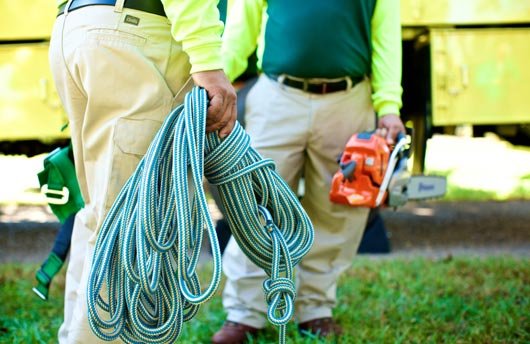
Does Your Tree Need a Permit?
[ad_1]
If your tree is dead and needs to be removed, you may need to get a permit. Read this article to find out whether you need a permit before removing a tree from your property. You’ll also learn about the risks and hazards of removing a dead tree. In this article, you’ll learn about the hazards of tree removal and the costs of tree removal.
Cost of tree removal
The cost of tree removal can vary greatly depending on the size, type, and location of the tree. Large trees with trunks over two feet in diameter can cost between $1,300 and $2,000 to remove. These trees are usually difficult to remove and require multiple days of work. Common types of large trees include redwoods, palms, eucalyptus, and sequoias.
Larger trees require a permit from the local government. Trees over eighty feet tall may require a crane for removal. Using a crane to remove these trees can add another $100 to $150 to the final cost. The cost of the job will also vary depending on whether the tree is close to buildings and power lines.
Large trees should be removed when they have reached the end of their lifespan. Regardless of size, this type of work requires heavy equipment, and there is a higher risk of injury. Large trees typically require larger equipment and waste materials, which increases the cost of the job.
Permits required for tree removal on private property
In the state of West Virginia, there is no law requiring private property owners to obtain a tree removal permit. The reason is that there are no special types of trees protected by state law, and the city does not have special powers over trees on private property. In Seattle, there is also no ordinance requiring a permit to remove a tree from a private residence.
Although the city does not require permits for tree removal on private property, the director of forestry retains the authority to remove trees. These trees are considered nuisances and may pose a health or safety risk to neighbors. Additionally, they may have diseases or insects that need to be removed. Permits for tree removal on private property are not required in South Dakota.
In addition to obtaining a permit, residents in certain areas of Chicago must also follow state laws. The Bureau of Forestry issues permits for tree removal, but it also requires additional work. For example, if the tree falls on a public road, residents must obtain a permit.
Symptoms of a dead tree
If you’re concerned that your tree may be dying, you can look for several signs that it’s time to remove it. These include large sections of bark peeling off the trunk and rot all over the trunk. A dead tree’s bark may also be dry and brittle. You can also check for vertical cracks in the trunk or missing sections of bark. A dead tree may also show signs of damage from construction or landscaping activities.
If your tree is already dead, it’s important to take action as soon as possible. It may be suffering from disease and a lack of space. It may not have the proper root system to support itself. It may also be suffering from other environmental factors, such as drought or extreme heat. If you notice these signs, it’s time to call a tree service. An experienced arborist will be able to safely remove the dead tree and prevent damage to your property.
If you notice the bark peeling, it’s likely that your tree is suffering from disease. This can happen even if it looks healthy on the outside. In addition to flaking bark, you might also notice fungus and mushrooms growing on the tree’s trunk and roots. While these symptoms may not be immediately harmful, if left untreated, the disease can spread to healthy trees around it and cause a cascading effect.
Hazards of removing a dead tree
When it comes to removing a dead tree, it’s important to be very careful, as this task can be very dangerous. A dead tree can fall on people and damage homes, causing injury or even death. It may also break off and cause damage to nearby buildings and cars.
Unlike a live tree, a dead tree cannot be nursed back to health. It will eventually fall, although there are many factors that will determine when it will fall. For example, rot and storms can hasten the process. Once a tree has become dead, it is no longer capable of drawing in water through its vascular system and becomes brittle and dangerous to remove.
In order to avoid these risks, it is crucial to identify the hazard tree. A dead tree that is marked as a roadside hazard should be removed as soon as possible. This will allow the crew to remove the tree safely.
[ad_2]
2 thoughts on “Does Your Tree Need a Permit?”
You really make it appear so easy along with your presentation however I in finding this matter to be actually one thing which I think I would never understand.
It kind of feels too complex and extremely vast for me.
I am having a look ahead for your next put up, I’ll try to get the
hang of it! Najlepsze escape roomy
Hi would you mind sharing which blog platform you’re using?
I’m looking to start my own blog in the near future but I’m having a difficult time making a
decision between BlogEngine/Wordpress/B2evolution and Drupal.
The reason I ask is because your layout seems different then most blogs and I’m looking for something unique.
P.S My apologies for being off-topic but I
had to ask!